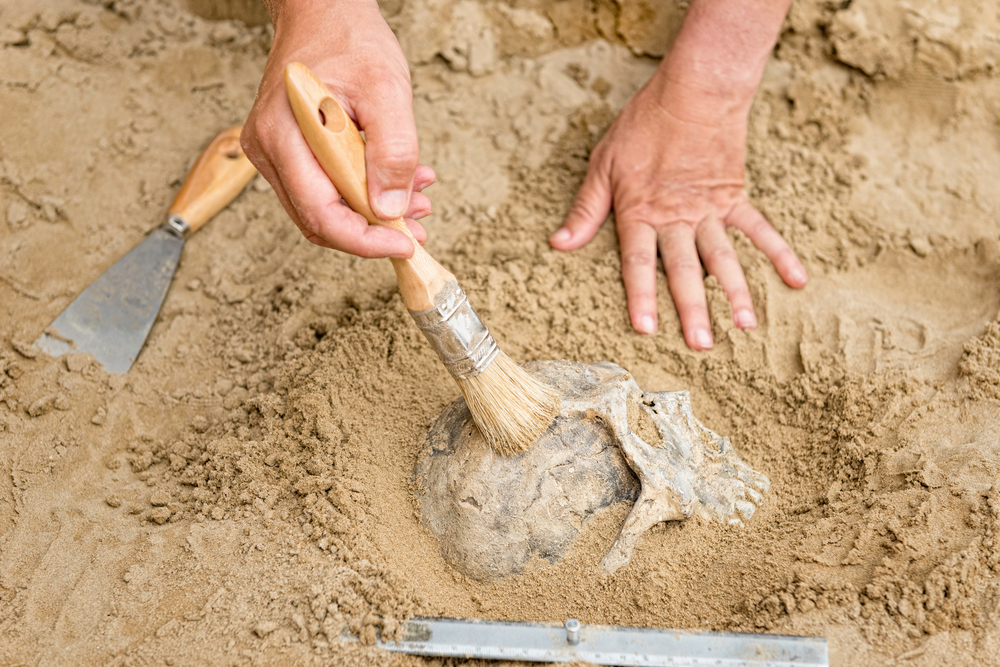New Evidence Found for Stone Age Children, Thought Lost to Time
Posted on Categories Discover Magazine

Christian Tryon, a professor of anthropology at the University of Connecticut, knew stone tools, but he didn’t know teeth.
He was looking at a photograph of just that, ancient dentition recovered from a decades-old archaeological site in Lebanon. The photograph had come from the papers of a close associate of Rev. J. Franklin Ewing, the original expedition leader.
The Trail to Egbert
At first, Tryon thought the teeth belonged to the remains of an ancient child named “Egbert” by Ewing, bones long considered lost.
Tryon showed the photograph and others to his research partner, Shara Bailey, director of the Center for the Study of Human Origins at New York University. Expert in teeth, she picked up on subtle differences in these, which must have come from two individuals, according to an article in UConn Today.
Tryon and Bailey have tried to piece together whatever evidence they can of the ill-fated excavation, which dug down through 75 feet of sediment at the stone shelter site and uncovered millions of artifacts and fossils.
The site held many things, but a second child?
Side by Side
For his part, Ewing had made only brief mention of a second child, in a 1947 paper, in unpublished letters, and in site photographs of teeth and bone. Ancient humans had buried the first child adjacent to the second, which Ewing had found the former under a pile of rocks.
By looking at the images available – including radiographs of the first child’s teeth – Tryon and Bailey estimated the children to be between 7 and 8 years old, based on their dental development. They were likely Homo sapiens, the study concludes, who lived about 40,000 years ago, during the Upper Paleolithic, a time that saw the rise of several great stone age cultures.
“Given that there are only a handful of human fossils from Upper Paleolithic sites in the Mediterranean region,” Tryon told UConn Today, “I knew we had something exciting.”
Plus, these were records of fossils from the Levant area, a region especially valued because residents there lived at the junction between Europe, Asia and Africa, where Homo sapiens originated.
Missing Bones
How exactly the children’s bones went missing in the first place, the study doesn’t say, but the remains crossed the Atlantic Ocean at least twice before disappearing into the ether.
The site’s first excavation ended in 1938, and afterward, Ewing fled the onset of World War II by traveling to the Philippines. But first he and the other researchers encased the human remains in concrete and buried them in the ground.
Instead of continuing on to the U.S., Ewing ran afoul of Japanese forces in the Philippines and spent the rest of the war in a POW camp. After the conflict ended, someone shipped the concrete-encased remains to Harvard, including the two children’s fossils, to undergo a proper classification.
At some point, during the 1950s or ’60s, Ewing shipped them to the National Museum of Beirut, and from there, the trail goes cold, or at least lukewarm. Remains from one adult person, from the Ewing site, were found in storage at the museum and accounted for once again.